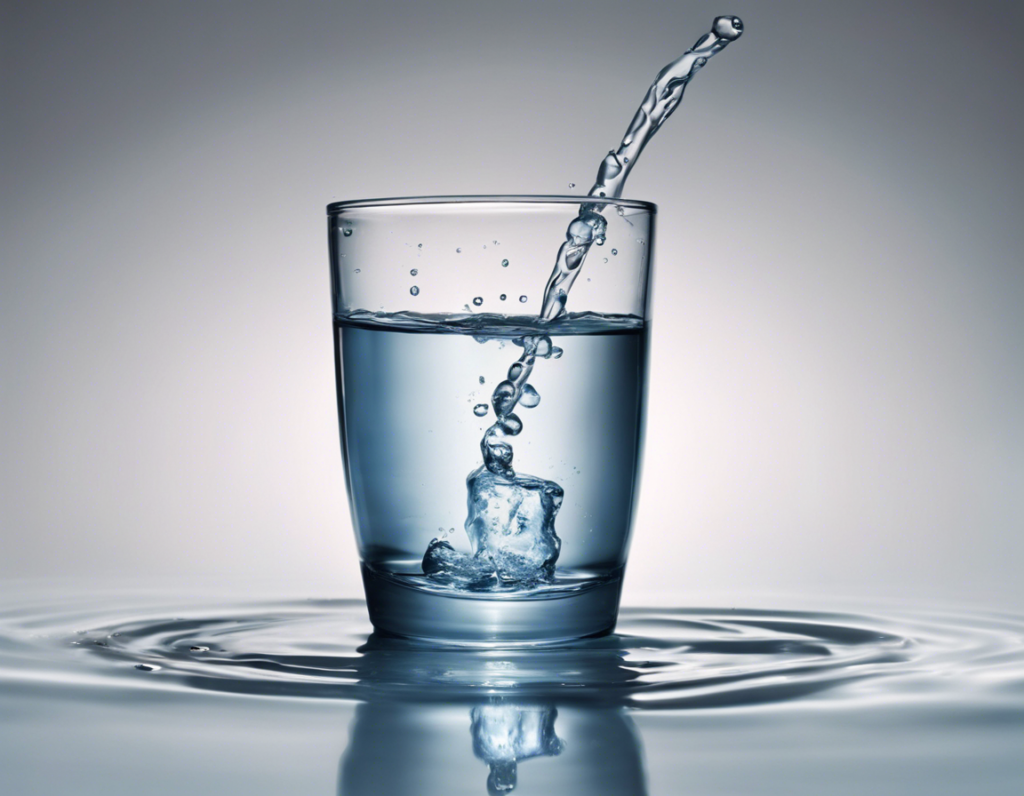Introduction:
Water is essential for life, and having access to clean and pure water is crucial for our health and well-being. As a colourless liquid, water might seem difficult to assess for purity at first glance. However, there are several simple yet effective methods to confirm its purity. In this article, we will discuss various tips and techniques to ensure that the colourless liquid you are dealing with is indeed pure water.
Understanding Water Purity:
Before delving into the methods of confirming water purity, it is important to understand what constitutes pure water. Pure water should ideally contain only H2O molecules and no other impurities such as minerals, chemicals, microbes, or pollutants. While absolute purity is challenging to achieve outside of a laboratory setting, there are ways to assess the general purity of water for everyday purposes.
Physical Inspection:
One of the simplest ways to check the purity of water is through physical inspection. Pure water should be clear and transparent, without any cloudiness, floating particles, or unusual odours. Any deviation from these characteristics could indicate impurities in the water.
Taste and Odour:
Another indicator of water purity is its taste and odour. Pure water should have a neutral taste and odour. Any strange or unpleasant smells or tastes could suggest the presence of contaminants in the water.
Boiling Test:
The boiling test is a common method to check the purity of water at home. Simply boil the water and observe if any residue is left behind after the water evaporates. Pure water will not leave any residues, while impure water might leave behind minerals or other impurities.
pH Level:
Measuring the pH level of water can also provide insights into its purity. Pure water typically has a neutral pH of 7. pH testing kits are readily available at most stores and can help you assess the acidity or alkalinity of the water.
Conductivity Test:
Conductivity is a measure of how well water can carry an electric current and can indicate the presence of dissolved salts and minerals. Pure water is a poor conductor of electricity, so a low conductivity reading suggests higher purity.
Frequently Asked Questions (FAQs):
1. How do I test for impurities in water at home?
You can perform simple tests like the boiling test, visual inspection, taste and odour check, pH testing, and conductivity test using readily available kits.
2. Can boiling water remove all impurities?
Boiling water can kill bacteria and some parasites but may not remove certain chemicals, heavy metals, or other contaminants. It is a good idea to use a water filter for comprehensive purification.
3. Is tap water always safe to drink?
In many developed countries, tap water is treated to meet safety standards. However, it is advisable to check local water quality reports or use a home water filter for added peace of mind.
4. How often should I test the purity of my drinking water?
Testing water purity periodically is a good practice, especially if you notice any changes in taste, odour, or clarity. It is recommended to test water quality at least once a year.
5. How can I improve the taste of tap water?
Using a water filter or adding flavour enhancers like lemon or cucumber slices can improve the taste of tap water and make it more palatable.
Conclusion:
Ensuring the purity of the colourless liquid we rely on for our daily hydration needs is essential for our health and well-being. By employing simple tests and methods like physical inspection, taste and odour checks, boiling tests, pH and conductivity measurements, we can better understand the quality of the water we consume. Regular monitoring and, if necessary, investing in water filtration systems can help us maintain access to clean and pure water for our daily needs.
